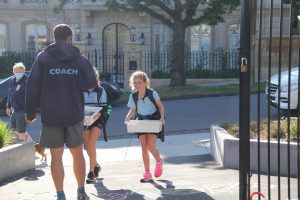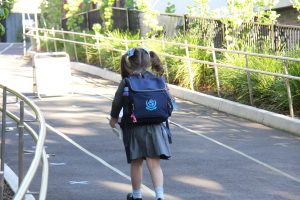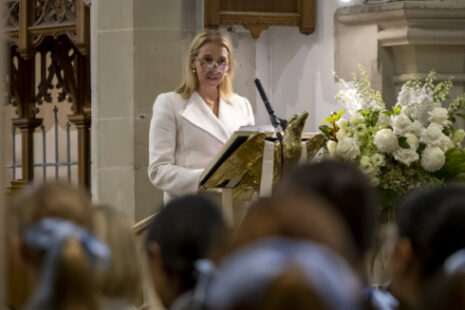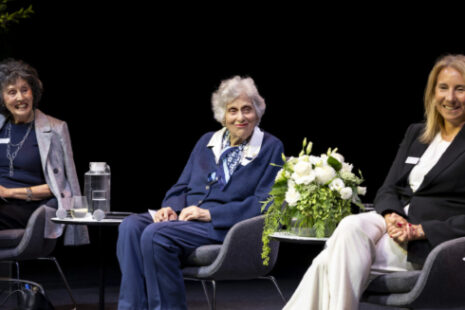The view from my window

“Children need to know that in the midst of uncertainty there is still happiness and hope”.
Professor Carol Mutch
In the first few days of the Learn@Home Program, a friend sent me a Facebook page suggestion she thought I would like. The page is called View From My Window. At the time it had a few thousand members. This page aimed to connect people from all over the world during COVID-19 – by sharing a single photo – the view from your window and a brief comment about the photo shared.
I looked forward to seeing the daily post. All corners of the globe starred in the photos, from quaint European towns to the rugged Australian Coast. In comparison, the view from my window seemed pretty bland. A line of Oak trees losing their leaves was the best I could offer. As the weeks of Learn@Home progressed, so too did the page’s following. It now has over two million members. I am not surprised. I loved the daily connection I felt from people I am never likely to meet.
On the day our girls returned to Barbreck the view from my window topped all the other posts I had seen. The Year 1 classroom was moved to the library to allow us plenty of space to practise social distancing. The Barbreck library window is vast and commands a view to the entrance drive of Barbreck.
 During the first few days, most girls were excited and relieved to be back with their friends and teachers. Some however, were understandably nervous and apprehensive.
During the first few days, most girls were excited and relieved to be back with their friends and teachers. Some however, were understandably nervous and apprehensive.
With parents unable to come onto the campus, drop off arrangements changed considerably. Girls now walked up the drive, carrying their own bags after saying goodbye at the gate. In these moments the view from my window really mattered. Some goodbyes were smooth, others bumpy. Some girls happily waved, others needed to race back for a final cuddle. There were setbacks, challenges and uncertainly. But there was also praise, assistance and determination. 
Melbourne psychologist, Andrew Fuller in his article From ‘can’t do’ to ‘can do’, suggests ways parents can support young people develop a positive growth orientated mindset. From my window, I saw our parents employing these strategies, as their daughters shifted from Learn@Home back to face-to-face teaching. When there were setbacks, I saw encouragement and praise, where there was uncertainly I saw parents saying ‘try again’.
As a teacher and parent of two children, I turned to the advice of Professor Carol Mutch, Education Commissioner for UNESCO New Zealand and researcher in disaster response and recovery at the University of Auckland, to learn more about how to best support our students.
“Children will each show different responses to the events that have happened. Some will be well-informed about COVID-19, others will have simplistic or even inaccurate understandings. Some might have found the situation frightening and be quiet and withdrawn, others might be nervy and wriggly. Some might cry, some might get angry and some might even laugh inappropriately. Your response needs to be calm and even handed.”
Professor Mutch suggested having fun, re-reading favourite stories and playing games to help lift the mood as children return to school after COVID-19 restrictions.
On the first day back, I watched two of my students struggle up the drive with their heavy bags, they were smiling and laughing together, grateful to be in each other’s company once again. There were difficult days when we were apart, but the view from my window at that moment made those hard times seem insignificant.
References:
From ‘can’t do’ to ‘can do’ https://andrewfuller.com.au/wp-content/uploads/2014/08/from-cant-do-to-can-do.pdf
‘When schools partially reopen’ https://www.teritotoi.org/advice-for-teachers-and-principals/





